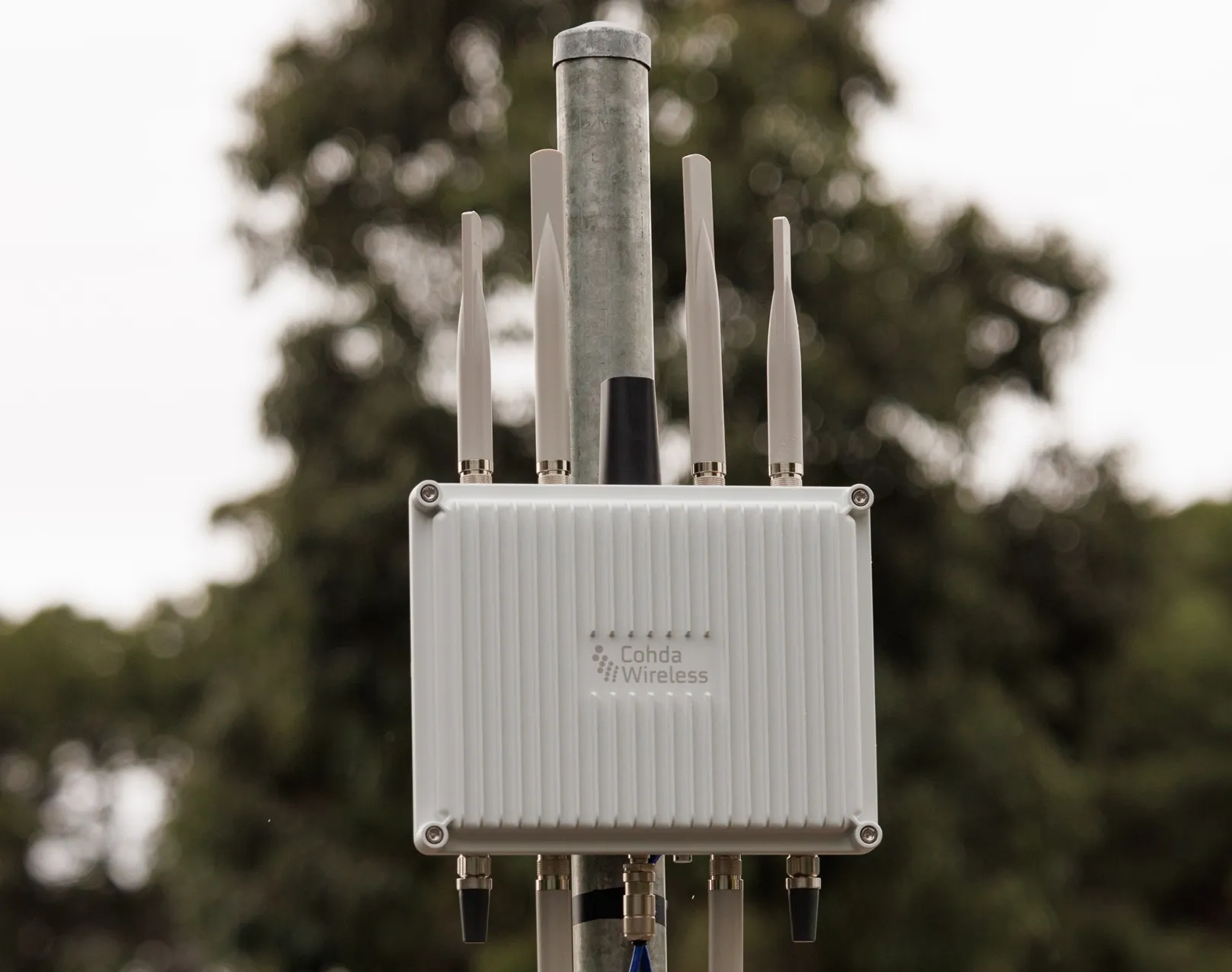
In America, the introduction of the Wi-Fi Innovation Act has sees the debate over the future of the 5.9GHz band and the potential to open it up to non-licenced users, enter a new phase. Amid the claim and counter-claim of the opposing camps, the launch of
Those wanting to retain the exclusivity of the 5.9GHz spectrum for vehicle to vehicle (V2V) communications, created in 1999, point to official assertions by the
So what safety-related features would be threatened by spectrum sharing? In 2011 the USDOT’s Vehicle-to-Vehicle Safety Application Research Plan said the technology could warn drivers of: Emergency Stop Lamp, Forward Collision, Blind Spot and Lane Change, Intersection Movement Assist, Do Not Pass and Control Loss.
The 2014 Volvo XC90 comes as standard with a system that automatically applies the brakes if the driver tries to turn in front of an oncoming car at an intersection or if they don’t react to the vehicle ahead stopping. It will also apply the brakes if it detects an imminent rear-end impact, or to prevent hitting cyclists or pedestrians… the list goes on.
What is more, unlike the still-envisaged V2V system which simply warns the driver, the new XC90 intervenes in milliseconds to prevent a crash or mitigate the seriousness of an unavoidable collision. Furthermore, it does so without the need to communicate with other vehicles in the vicinity; vehicles that, for decades to come, may or may not have a communications capability. As such the XC90 effectively circumvents the V2V communication requirement in most of the envisaged safety functions and brings into question the additional benefits from the infrastructure expenditure that will be needed for V2V and vehicle to infrastructure (V2I) communications to fully function.
Connected vehicle technology has demonstrable benefits - especially for warning drivers about hazards further up the road or reminding them of the speed limits. However, a question must remain about the willingness of manufacturers to include a safety-critical feature on their vehicles that relies on an external system over which they have little or no control.
It is perhaps telling that the vehicle manufacturers’ association’s input to the spectrum sharing debate in the US is to advocate a ‘do no harm’ approach.
Spectrum sharing could pave the way to private investment in, and faster deployment of, the connected vehicle infrastructure so drivers and other road users could be benefiting from advanced warning sooner than may otherwise be the case.
That’s a trade-off worth considering but, crucially, it is a decision that must not be hurried.








